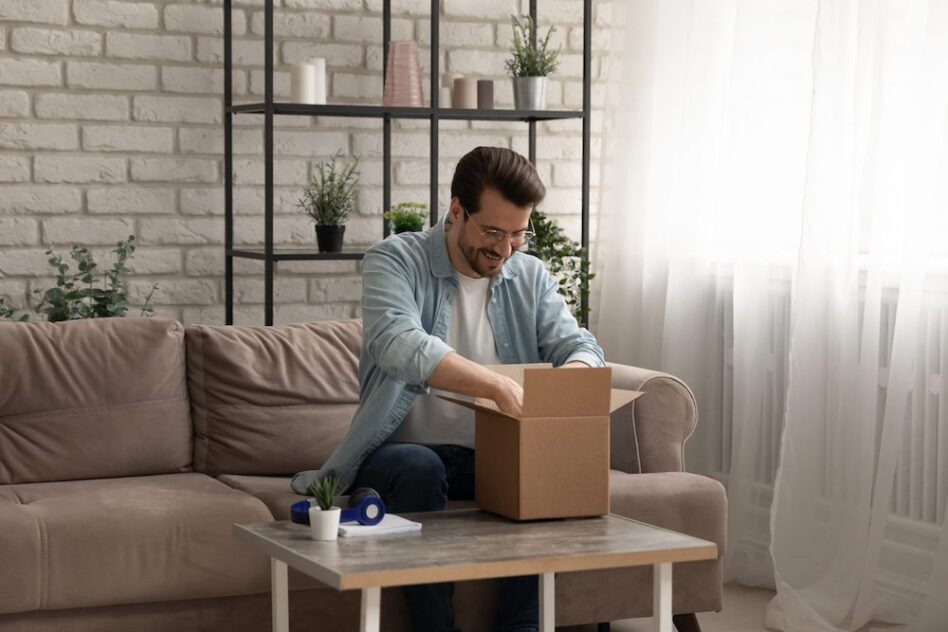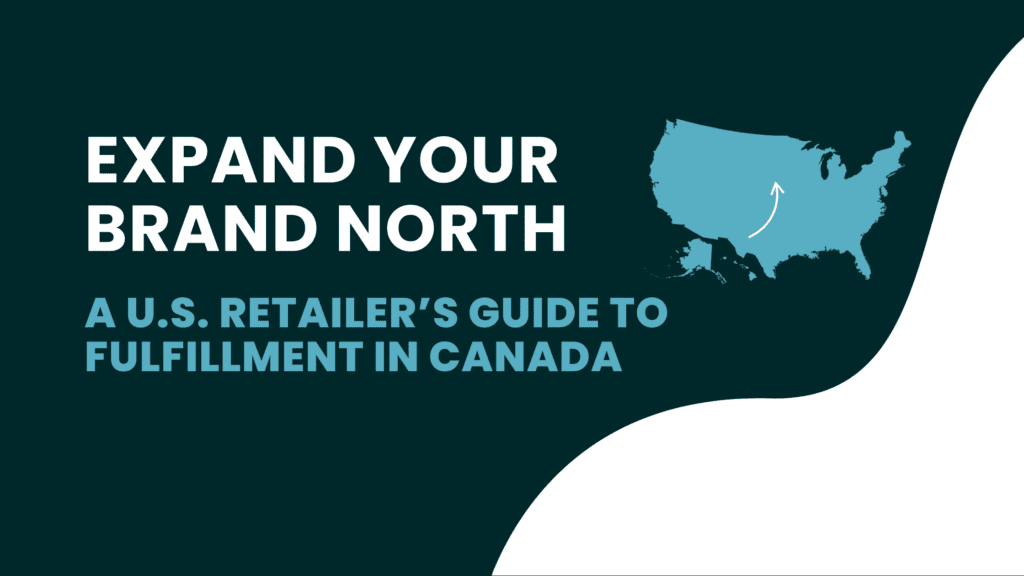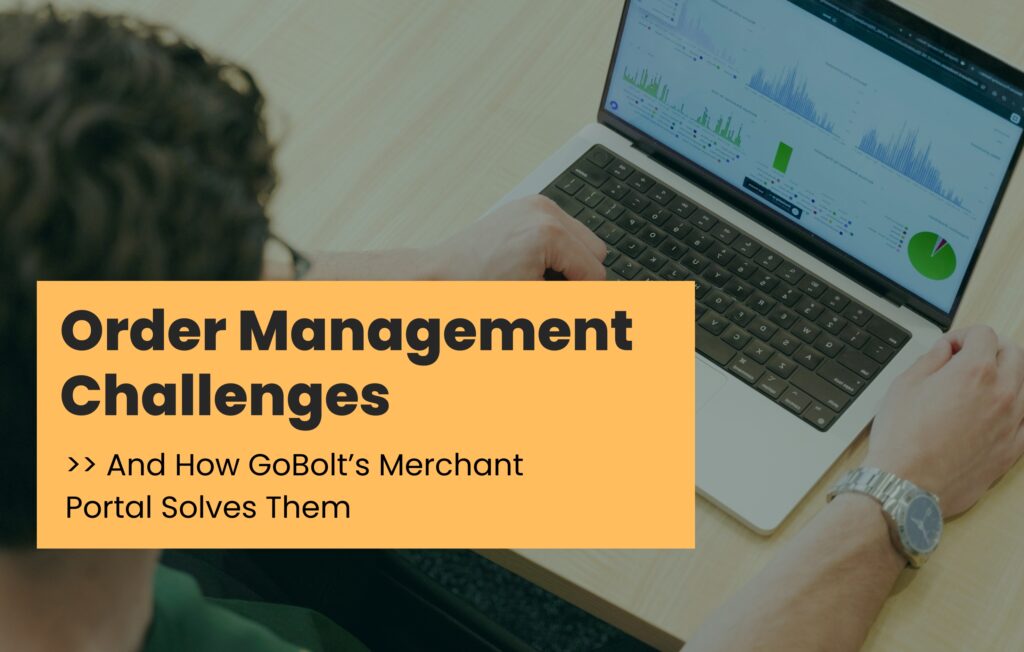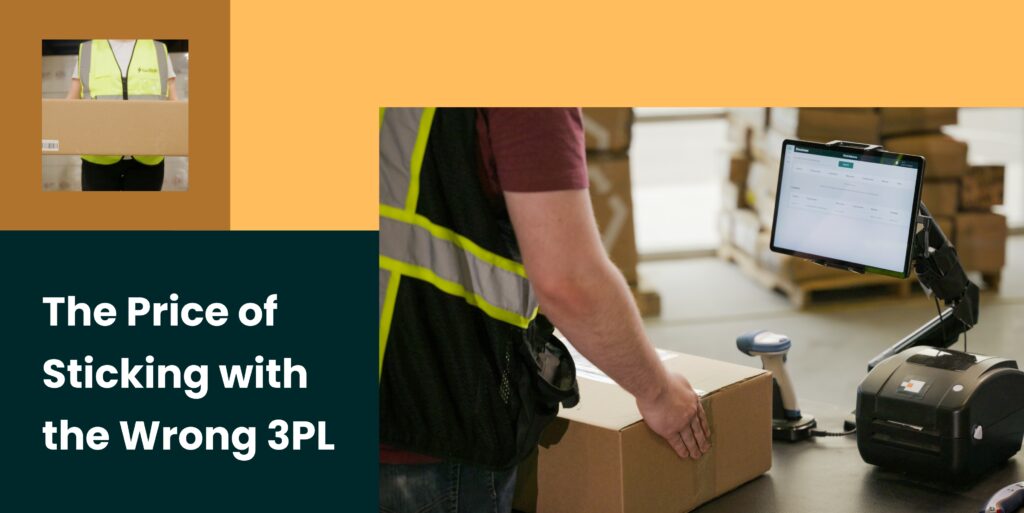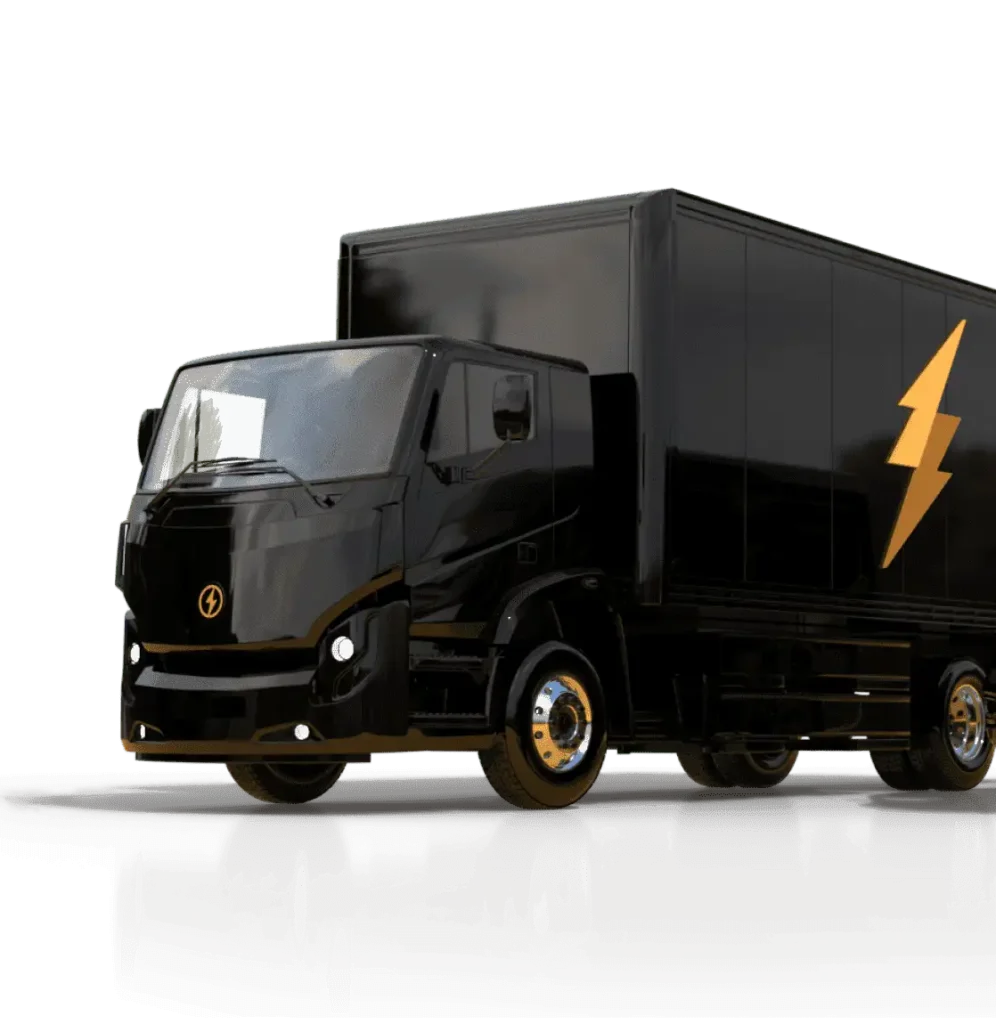U.S. and Canadian brands have reason to be cautiously optimistic this holiday season, according to research from McKinsey & Company. Despite supply chain disruptions and economic uncertainties, consumers remain eager to spend and even splurge.
That’s good news for brands taking steps to improve the shopper experience from end to end.
After what’s poised to be another hectic ecommerce peak season spanning Black Friday, Cyber Monday, post-holiday sales and Boxing Day, brands are expected to face a busy January. Historically the month with the highest rate of returns, January provides an opportunity for brands to keep customer experiences positive, even as they make returns and exchanges.
Our team turned to Jarrett Stewart, SVP Customer at GoBolt, to discuss the rewards brands see from a smooth reverse logistics experience, the price they pay for rocky returns and how retailers can embrace better, more customer-friendly processes in the new year.
Let’s dive in.
For starters, will you explain why the stakes are so high to streamline reverse logistics?
JS: The most expensive cost for brands is the cost of losing a customer they’ve spent money acquiring. Most brands focus on their cost acquisition as a ratio comparison to the lifetime value of a shopper. If they spend a significant amount of money acquiring a shopper, yet the experiences they offer – like bad returns – result in losing those shoppers, it’s wasted money.
Every interaction someone has with a brand is a chance to make an impact. This includes the ease of deliveries and returns. Say a shopper purchases an item, and receives it but doesn’t love it. If their return experience is super smooth, it could still be viewed as a positive experience. However, if returning the item is a pain, it’s more likely to overshadow their shopping experience and decrease their likelihood of shopping with that brand again in the future.
Beyond that, there are a number of costs associated with reverse logistics that brands either need to absorb or pass along to their shopper. These include things like return shipping costs and restocking fees. While it might seem fiscally responsible to ask shoppers to cover these costs, brands need to consider the long-term implications of doing so. As a continuation of the purchase experience, returns are a chance for brands to continue to impress their customers. If they prioritize turning a profit from returns or even covering their costs, there is a chance it could have a lasting negative impact on a shopper that otherwise would’ve purchased again.
What pressures does peak season put on brands needing to manage returns?
JS: The biggest pain point is the peak season for returns immediately follows the peak season for purchases so brands don’t get to catch their breath. Merchants work hard, long days and nights throughout November and December and then January hits. There’s no break despite people thinking there is one. Pressure from peak retail season actually continues for an extra month.
This is why preparing ahead of time can alleviate some of the stress of the season. Let’s say a brand experiences a high number of returns. If they staff up in advance to handle these returns, it would streamline the process and salvage the shopper experience with fast returns processing. Yes, it’ll still be a hectic time and brands will still feel pressure, but it won’t feel like a fire alarm because they anticipated the need and proactively took action.
What should brands focus on for peak season 2022?
JS: Demand forecasting is the most important thing brands can do for a successful peak season – it calls for determining their seasonal outlook based on the data they have, promotions, and offers they’ll be running. It’s asking: how much demand are we expecting to receive for specific inventory items? And then ramping up inventory to match projected orders.
Inventory management has been difficult for retailers for a long time – but especially since the start of the pandemic – resulting in shortages or more recently surpluses. If brands are accurate with their demand forecasting, their inventory should match up with the demand. If they aren’t, they are going to end up with way too much inventory or a shortage of stock, both of which are impactful.
Brands should also focus on having a strong support plan for peak season. Retail logistics is all about exception management. Being able to plan their support process and headcount for those exceptions, can help brands react with speed and care, which is critical to a successful peak season.
Another cool thing leading brands practice is a tight feedback loop between their support, marketing, ecommerce, and other teams connected to the shipment of goods. Because support represents the voice of the shoppers, they are hearing about things firsthand. Brands should be able to make positive changes on the marketing and ecommerce side of their operations based on the sentiment their support team is receiving. So focusing on support planning for peak, and then making sure there’s a tight feedback loop ensures nothing gets out of hand.
Finally, it would be locking in on the plans and identifying contingency plans for issues that may arise. There are many scenarios brands can plan for based on past experiences and predictions. If brands have planned for these, they’ll be able to react more quickly and efficiently, ultimately reducing the impact on their business.
What should brands expect from 3PL providers in managing returns?
JS: Brands should leverage their 3PL to make their returns vision come to life. If you are a brand that wants to offer free and immediate refunds, it’s important to set the expectation with your 3PL provider and work together to ensure this becomes a reality. This is the big reason brands should view their relationship with a 3PL as a partnership – they have to lean on each other.
It’s also important that 3PLs provide full returns visibility to merchants and their shoppers. These days, many brands wait for returns to be processed before they offer a refund. As an example, if a brand is constantly following up with a 3PL because they have no idea where returns are sitting in the review process, that creates a really poor shopper experience. Whereas if brands can self-serve and see where different returns are within the review life cycle, they’re able to answer any shopper inquiries directly and increase shopper satisfaction.
What are the latest technologies being used to manage/improve reverse logistics?
JS: Speaking for GoBolt, our main return software partner is Loop. They’re probably one of the biggest names in this space — if not the biggest — and we’re directly integrated with them.
When brands start thinking about the larger return vision, Loop makes it simple for brands to turn their shopper return process into a revenue-generating opportunity by offering a store credit or recommendations for an exchange based on a shopper’s reasoning for their return. This maintains a positive and seamless experience for shoppers while also driving revenue for brands. It’s the perfect example of how brands should never waste a customer interaction.
Lastly, how can brands make 2023 the year of streamlined reverse logistics?
JS: There’s a common saying, “Never let a crisis go to waste.” This may not be a crisis, per se, but some brands are going to face a rough return season in January. Things are going to go wrong, but we don’t ever want to waste that experience when we can learn from it and make changes for the better.
If brands are struggling with their returns or returns management during the peak of returns, my advice is to review what went wrong and then invest in it. A lot of times when something goes wrong, folks will review things but not take action. Don’t waste the opportunity. One of the best things a brand can do is invest in working with a 3PL provider that will help them handle the things they may not want to manage or that they might not fully understand.
Jarrett Stewart is SVP of Customer at GoBolt. Jarrett (JT) has been with GoBolt since September 2019 and has played a big role in standing up GoBolt’s fulfillment support department, collecting critical market insights, and even picked and packed for our first fulfillment merchant. Today, as SVP Customer, JT leverages his operating knowledge to align customer support and account management with operations to exceed said commitments.


